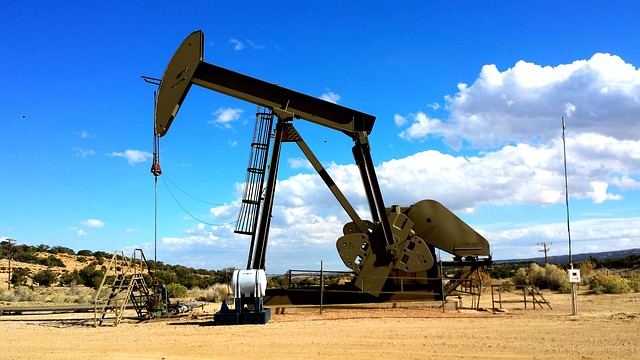
Oil prices fell on Wednesday on the back of surging U.S. crude production and concerns about an economic slowdown in 2019, as China's factory activity showed signs of contraction.
International Brent crude futures were at $53.47 per barrel at 0315 GMT, down 33 cents, or 0.6 percent, from their final close of 2018.
West Texas Intermediate (WTI) spot crude oil futures were at $45.32 per barrel, down 9 cents, or 0.2 percent.
In physical oil markets, Malaysia's Petronas set the official selling price of a basket of December-loading Malaysian crude grades at $62.79 a barrel, the lowest since October 2017, the state oil firm said on Wednesday.
Traders said prices fell on expectations of oversupply amid surging U.S. production and concerns about a global economic slowdown.
China's factory activity contracted for the first time in 19 months in December, a private survey showed, pointing to a rocky start for the world's second-largest economy in 2019.
Oil prices ended 2018 with losses for the first time since 2015, after a desultory fourth quarter that saw buyers flee the market over growing worries about a supply glut and mixed signals related to renewed U.S. sanctions on Iran.
"Oil prices ... registered their first yearly decline in three years on fears of a slowing global economy and concerns of an ongoing supply glut," said Adeel Minhas, a consultant at Australia's Rivkin Securities.
For the year, U.S. West Texas Intermediate crude (WTI) futures slumped nearly 25 percent, while Brent tumbled nearly 20 percent.
The outlook for 2019 is riddled with uncertainty, analysts said, including U.S.-China trade concerns and Brexit, as well as political instability and conflict in the Middle East.
A Reuters poll showed oil prices are expected to trade below $70 per barrel in 2019 as surplus production, much of it from the United States, and slowing economic growth undermine efforts led by the Organisation of the Petroleum Exporting Countries (OPEC) to cut supply and prop up prices.
On the production side, all eyes will be on the ongoing surge in U.S. output and on OPEC's and Russia's supply discipline.
"Don't underestimate shale producers and the wider U.S. oil industry in general. Too often this year the market pushed stories ... bottlenecks (pipelines, frack crews, truck drivers, etc.), yet U.S. oil production will have grown by a massive 2+ million barrels per day between 1.1.2018 and 1.1.2019," consultancy JBC Energy said in an analysis of 2018.
U.S. crude output was last reported at a record 11.7 million bpd in late December 2018, making America the world's biggest oil producer ahead of Russia and Saudi Arabia.








